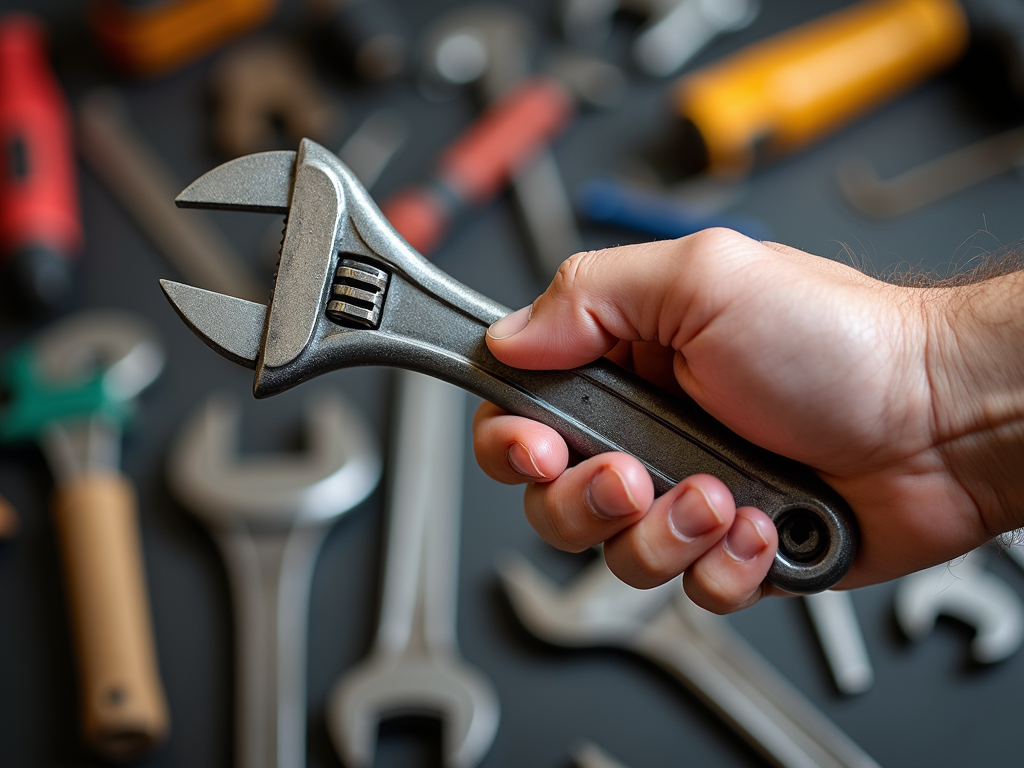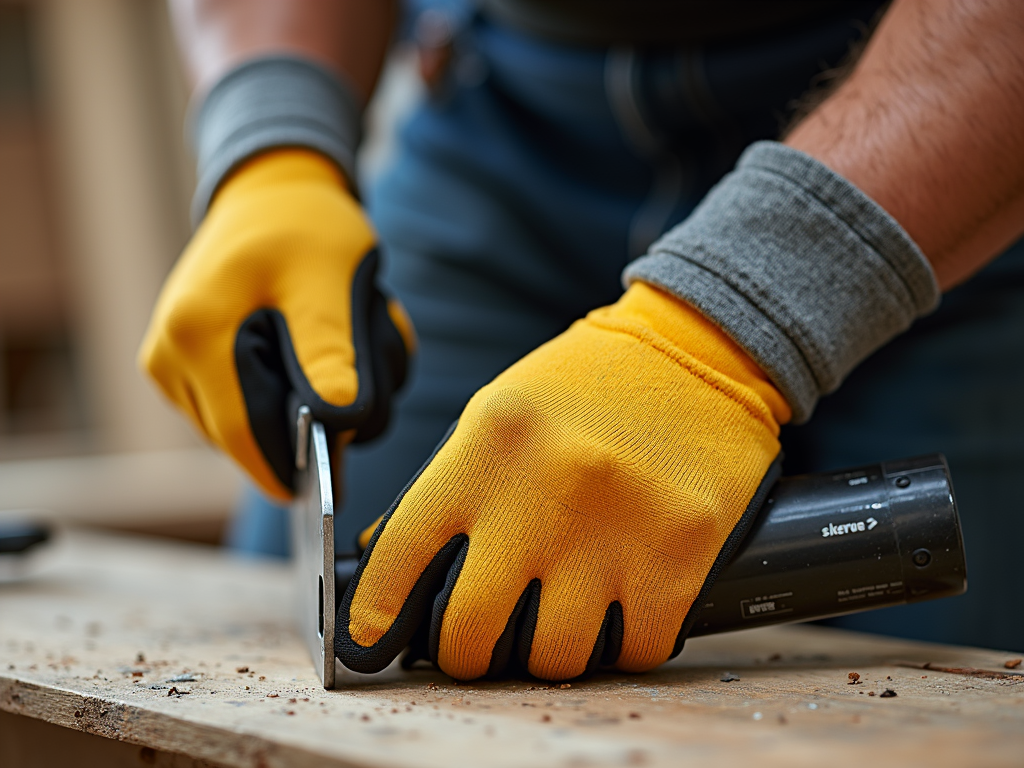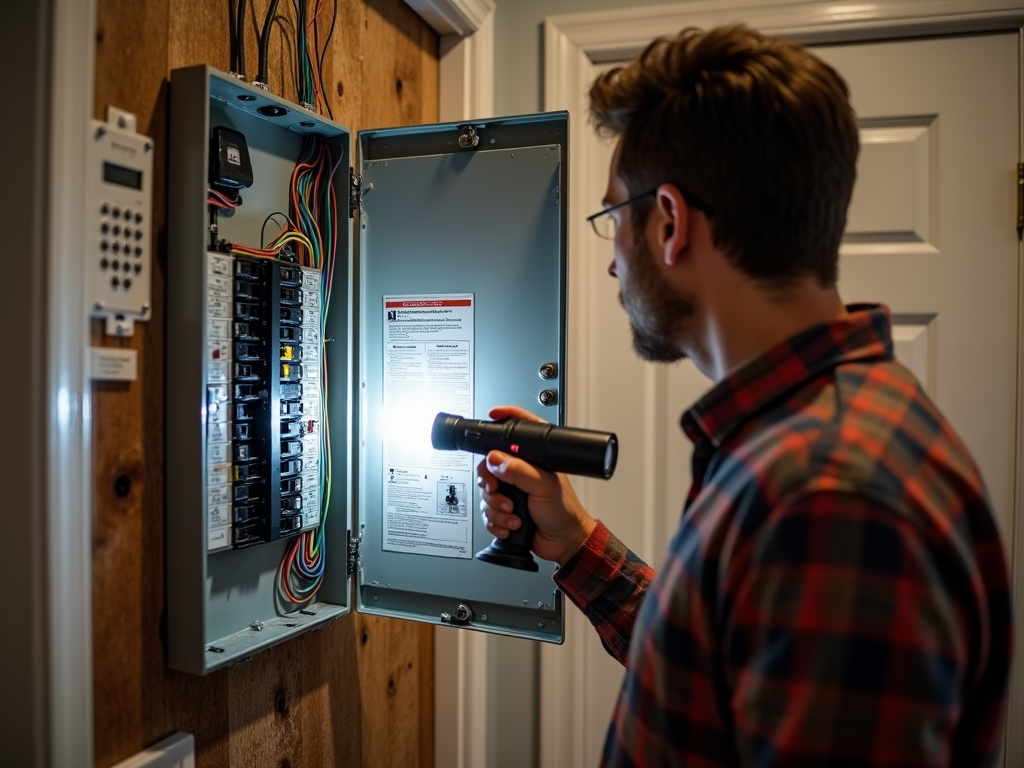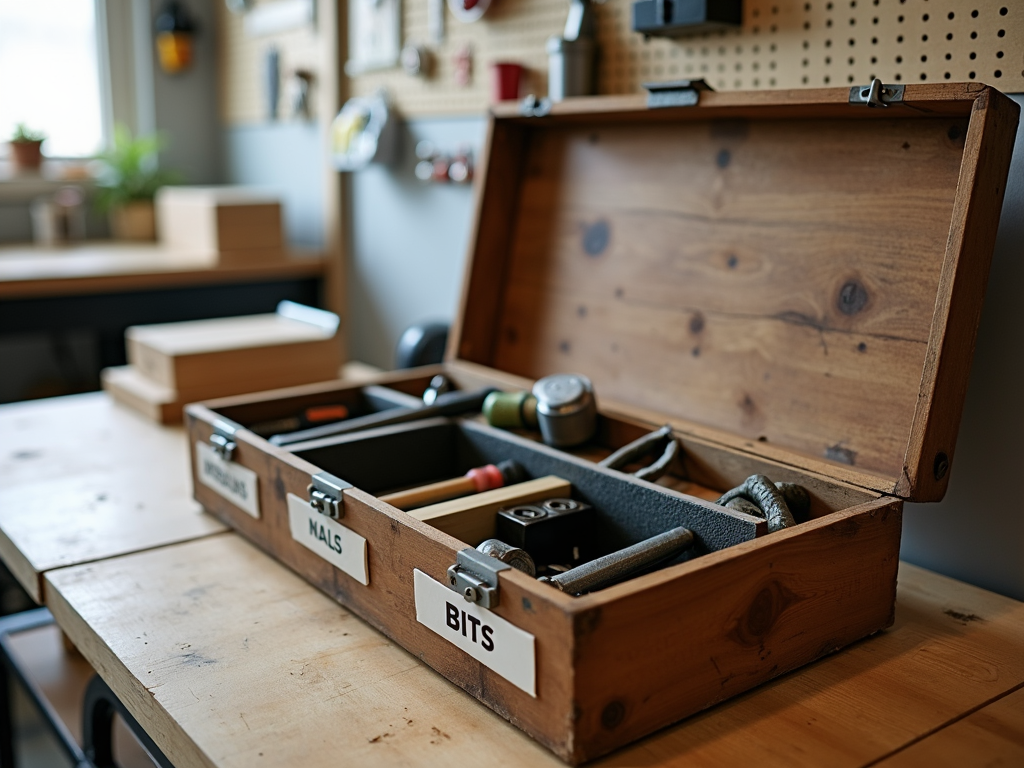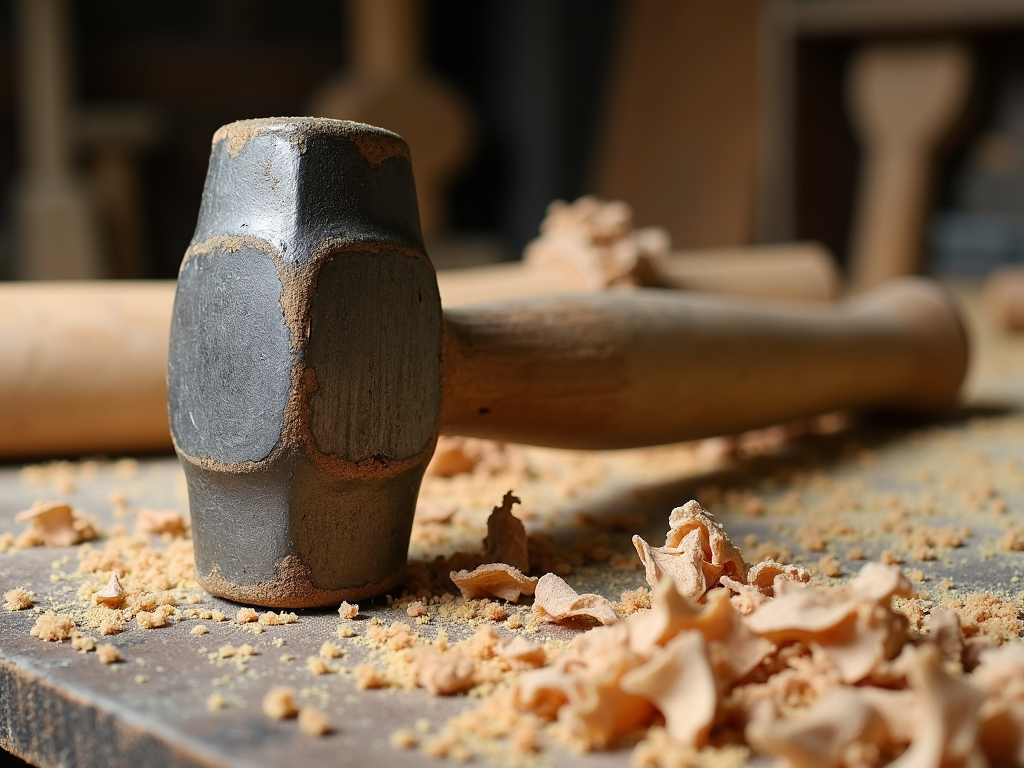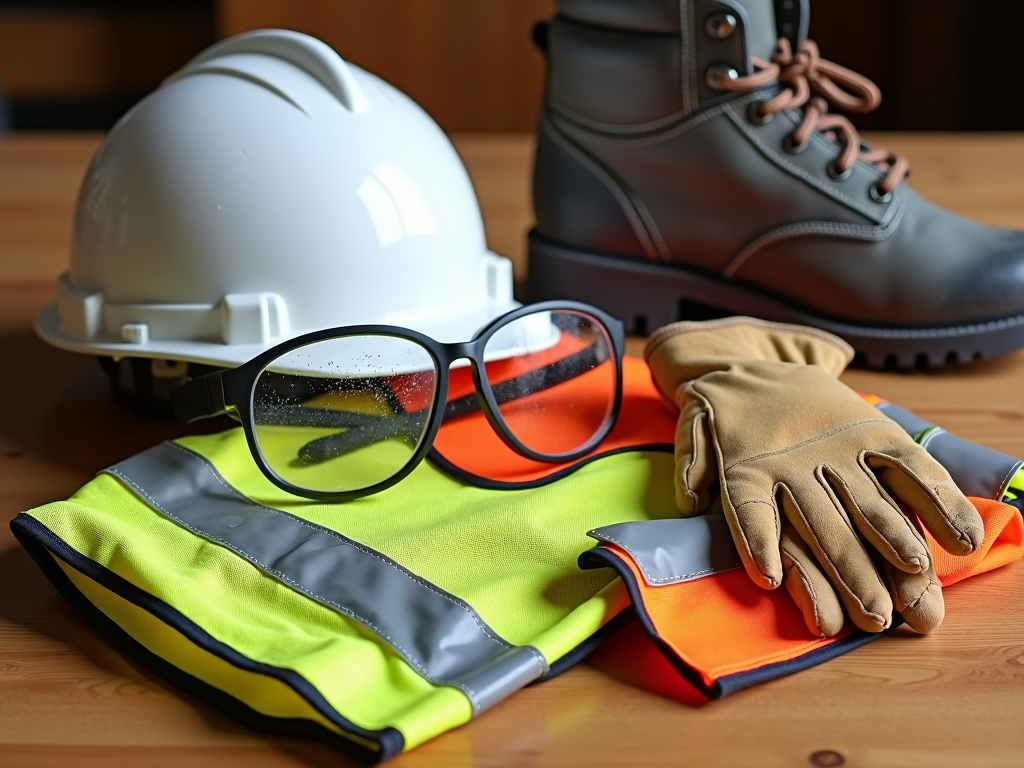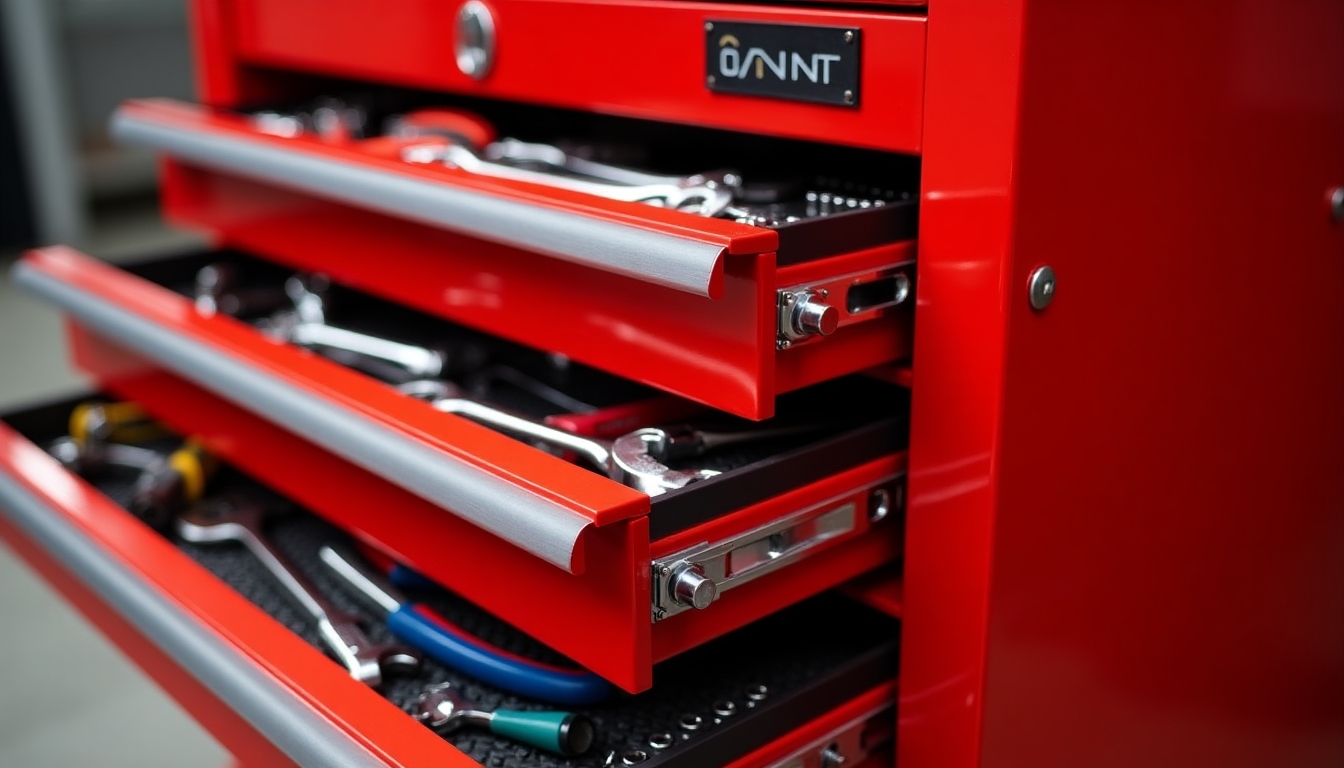Wrenches are essential tools for any DIYer, but using them safely and effectively requires knowledge and practice. In this guide, we'll cover everything you need to know about mastering wrenches, from choosing the right type for the job to implementing proper safety measures. Whether you're a beginner or an experienced DIYer, this article will help you enhance your skills and confidence when working with these versatile workman tools.

Wrenches are one of the most fundamental tools in any DIYer's toolkit. They come in various shapes and sizes, each designed for specific tasks. From tightening bolts to loosening nuts, wrenches are indispensable for a wide range of projects, including automotive repairs, plumbing, and furniture assembly.
There are several types of wrenches, each with its own unique features and applications. Some common types include:
-
Adjustable Wrenches: Also known as crescent wrenches, these versatile tools can be adjusted to fit various sizes of nuts and bolts.
-
Combination Wrenches: These wrenches have an open end and a box end, providing two different ways to grip fasteners.
-
Socket Wrenches: Consisting of a handle and interchangeable sockets, these wrenches are ideal for working in tight spaces.
-
Torque Wrenches: Designed to apply a specific amount of torque to a fastener, these wrenches are essential for tasks that require precise tightening.
-
Pipe Wrenches: Specifically designed for gripping and turning pipes, these wrenches have serrated jaws for a secure hold.
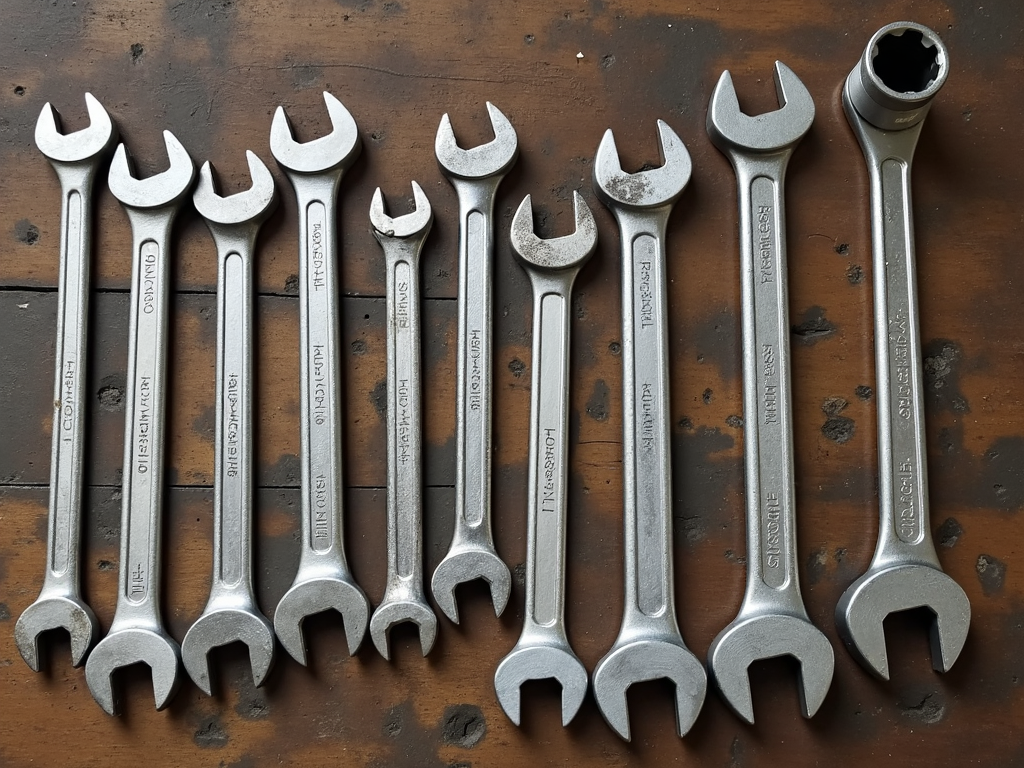
Selecting the appropriate wrench for a particular task is crucial for both efficiency and safety. Consider factors such as the size of the fastener, the amount of torque required, and the accessibility of the work area. Using the wrong type of wrench can lead to stripped fasteners, damaged tools, or even personal injury.
When working with wrenches, it's essential to prioritize safety. Wearing the appropriate safety gear can help prevent accidents and injuries. Some must-have safety gear for DIYers includes:
-
Safety Glasses: Protect your eyes from flying debris and potential impacts.
-
Gloves: Choose gloves that provide a good grip while protecting your hands from cuts, abrasions, and pinch points.
-
Steel-Toed Boots: These boots offer protection for your feet in case of dropped tools or heavy objects.
-
Hearing Protection: If you're working in a noisy environment, such as a garage or workshop, consider wearing earplugs or earmuffs to prevent hearing damage.
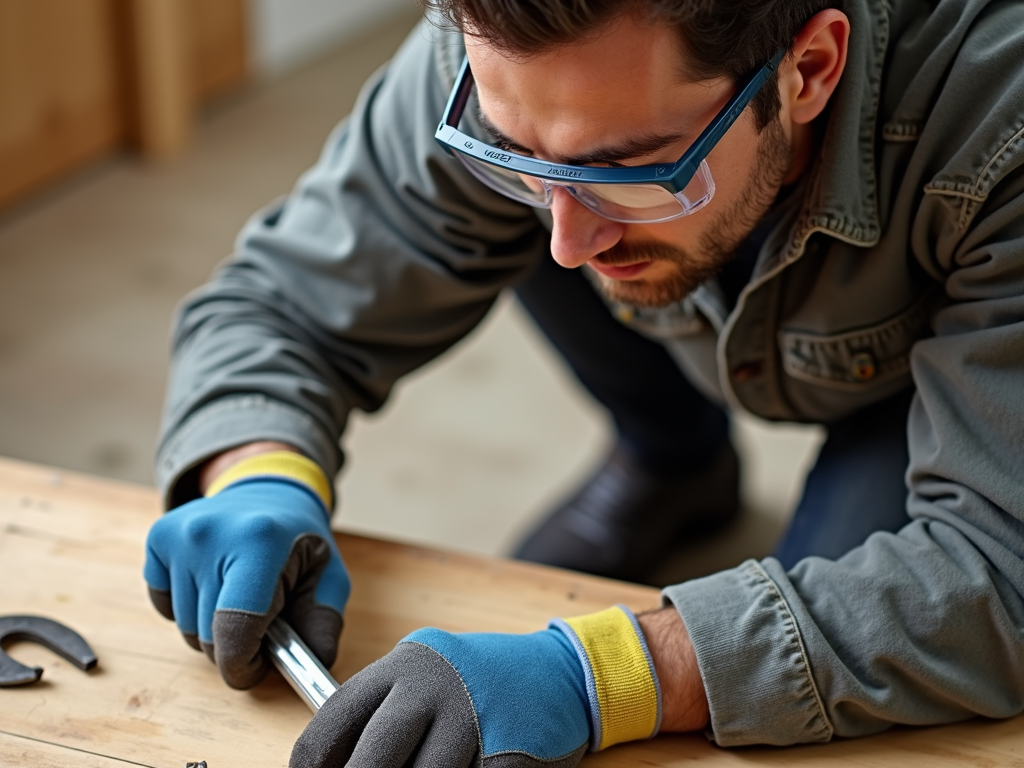
Using wrenches safely involves more than just wearing the right gear. Here are some essential tips to keep in mind:
-
Inspect Your Tools: Before using a wrench, check for any signs of damage, such as cracks, chips, or worn-out jaws. Using a damaged tool can be dangerous.
-
Use the Correct Size: Always use a wrench that fits the fastener snugly. Using a wrench that's too big or too small can cause slipping and potential injury.
-
Apply Force Properly: When tightening or loosening a fastener, apply force in a controlled manner. Avoid using excessive force, as this can lead to stripped threads or broken tools.
-
Keep Your Work Area Clean: A clutter-free workspace reduces the risk of tripping or knocking over tools.
-
Be Mindful of Your Surroundings: If you're working in a confined space or near other people, take extra precautions to avoid accidents.
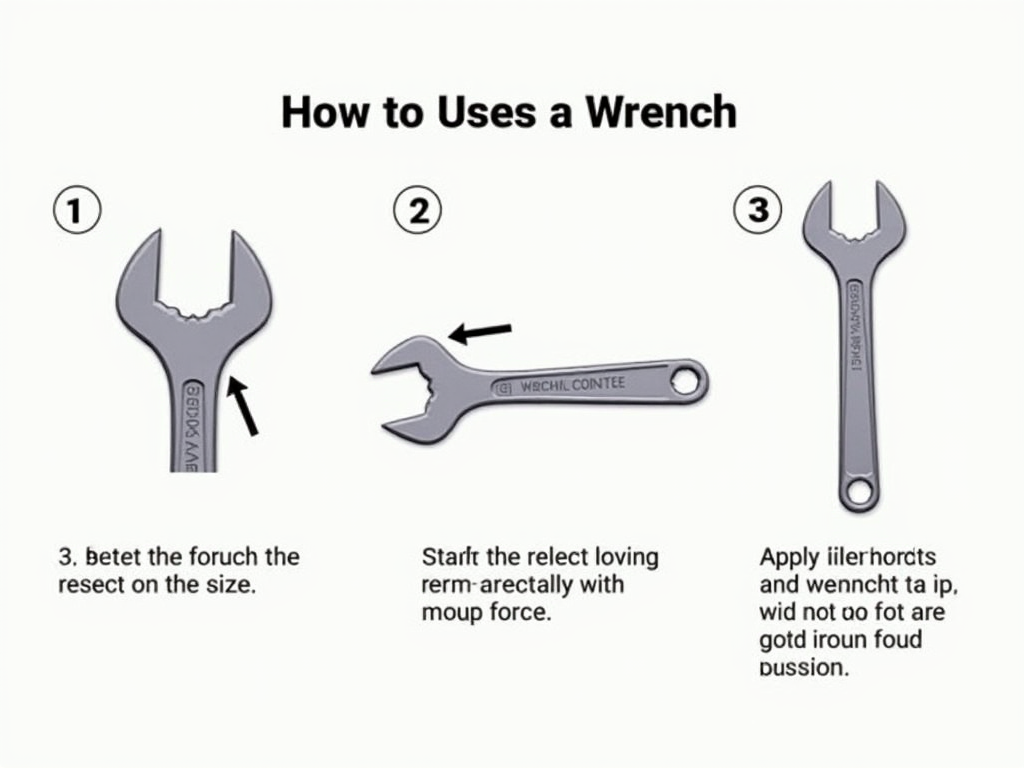
As a seasoned DIYer, I've learned a few tricks and tips over the years that have helped me master the use of wrenches. One of the most valuable lessons I've learned is the importance of patience and precision. Rushing through a project can lead to mistakes and potential safety hazards. Taking the time to select the right tool, position it correctly, and apply the appropriate amount of force can make all the difference in the success of a project.
Another key insight is the value of investing in high-quality tools. While it may be tempting to opt for cheaper alternatives, well-made wrenches are more durable, provide better grip, and are less likely to cause accidents. Additionally, maintaining your tools by keeping them clean and properly stored can extend their lifespan and ensure they perform optimally.

Even experienced DIYers can make mistakes when using wrenches. Here are some common pitfalls to watch out for:
-
Using the Wrong Type of Wrench: As mentioned earlier, using the incorrect wrench for the job can lead to inefficiency and potential damage.
-
Over-Tightening Fasteners: Applying too much torque can strip threads or break bolts, leading to costly repairs.
-
Neglecting Safety Gear: Skipping safety glasses, gloves, or other protective equipment can result in serious injuries.
-
Failing to Secure the Workpiece: If the object you're working on isn't properly secured, it can move or fall, causing accidents.
-
Ignoring Tool Maintenance: Regularly inspecting and maintaining your wrenches is crucial for their longevity and your safety.

Once you've mastered the basics, you can explore more advanced techniques to enhance your wrench-using skills. Some of these techniques include:
-
Using Extensions and Adapters: For hard-to-reach fasteners, extensions and adapters can provide the necessary reach and flexibility.
-
Employing Torque Specifications: When working on critical components, such as engine parts, using a torque wrench to apply the manufacturer's specified torque can prevent over- or under-tightening.
-
Leveraging Ratcheting Mechanisms: Ratcheting wrenches allow for faster and more efficient tightening or loosening of fasteners, especially in tight spaces.
-
Utilizing Wrench Sets: Investing in a comprehensive wrench set can ensure you have the right tool for any job, saving time and frustration.
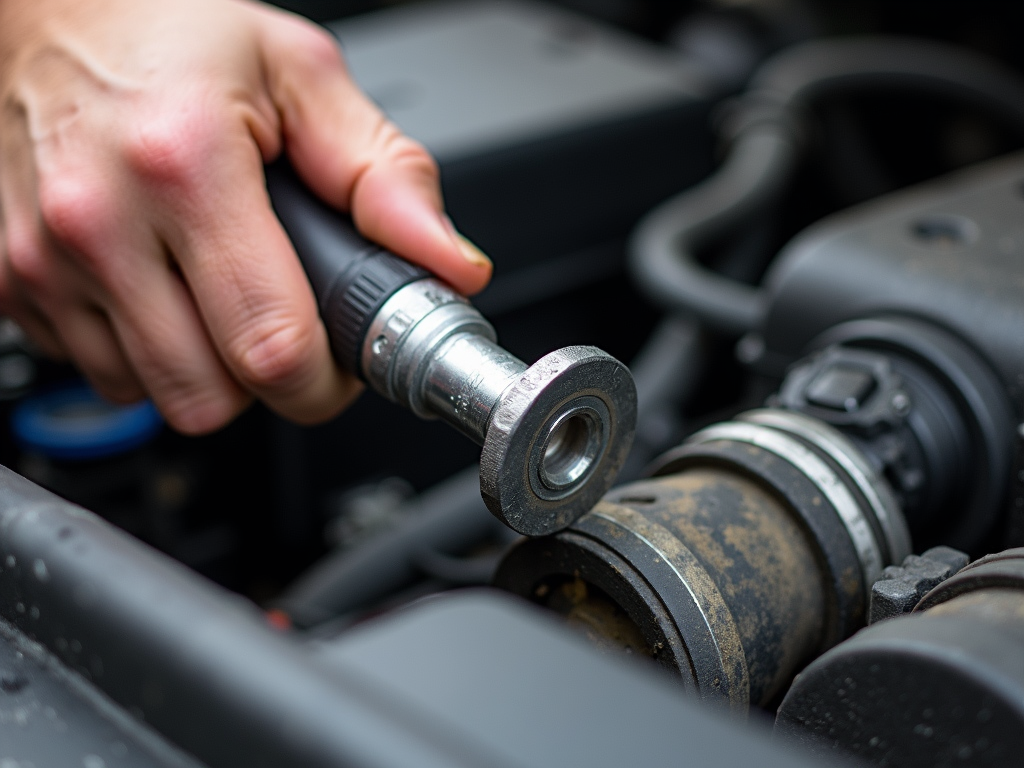
Mastering the use of wrenches is an essential skill for any DIYer. By understanding the different types of wrenches, choosing the right tool for the job, prioritizing safety, and practicing proper techniques, you can tackle a wide range of projects with confidence and efficiency. Remember to invest in quality tools, maintain them properly, and always wear the appropriate safety gear. With these tips and insights, you'll be well on your way to becoming a wrench master.
Related Mastering Wrenches: A DIYer’s Guide:
- How to Choose the Right Wrench for Your Project
- Safety First: A Guide to DIY Safety Gear
- Ultimate Guide to Tool Safety: Protecting Yourself in the Workshop
- Safety Practices in Home Electrical Repairs: A Comprehensive Guide
- Advanced Electrical Tools for Automation
- Essential Safety Tips for Construction Workers
- Workshop Organization Tips for Maximizing Efficiency: A Handyman’s Guide
- Best Tool Storage Solutions for Small Garages
- The Top 10 Essential Tools Every Workman Should Own
- Safety Gear for Construction Workers: A Comprehensive Guide
- Tips and Tricks for Organizing Your Garage Tools
- Safety Gear Essentials for DIYers: Protect Yourself While You Work
